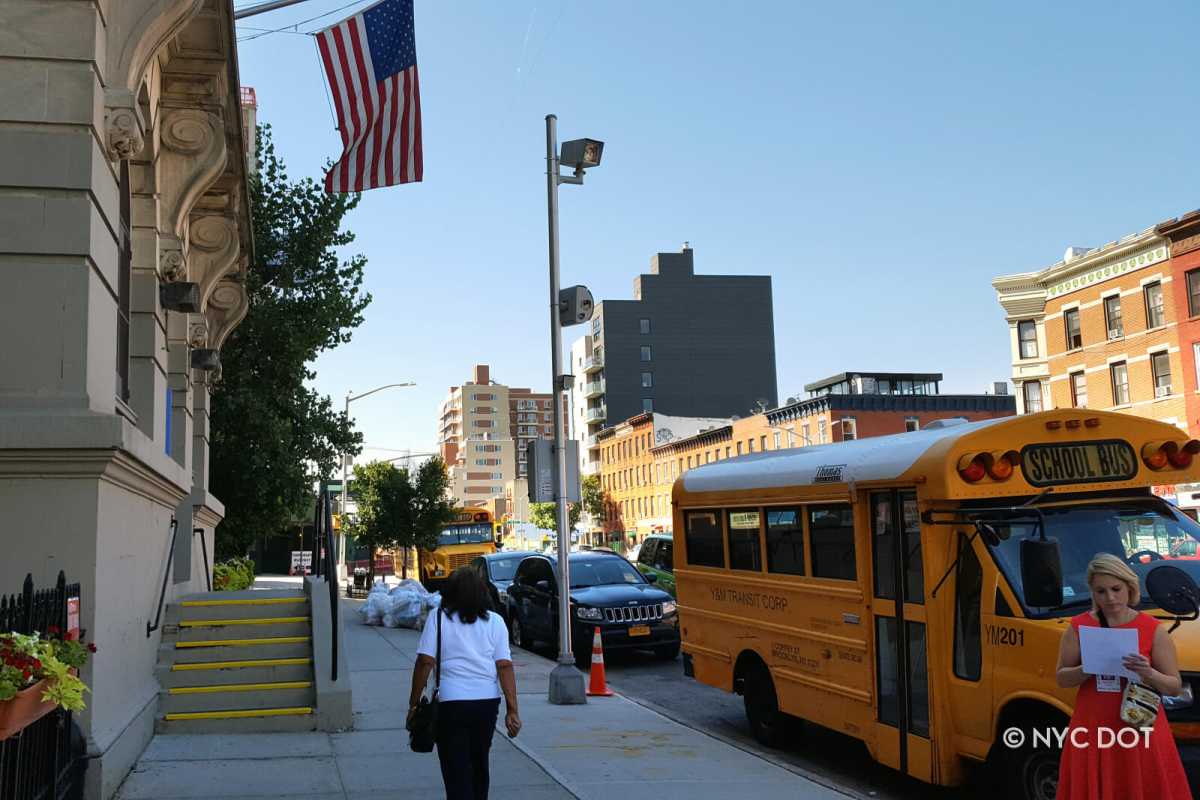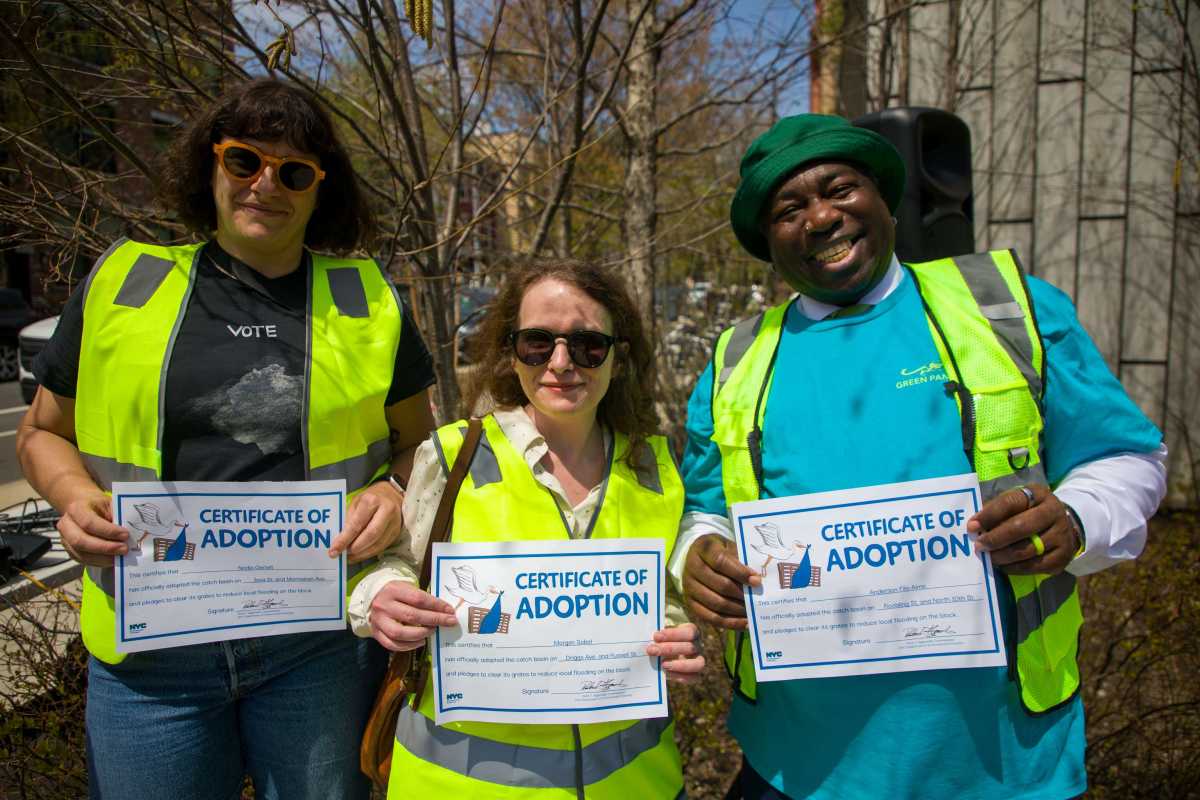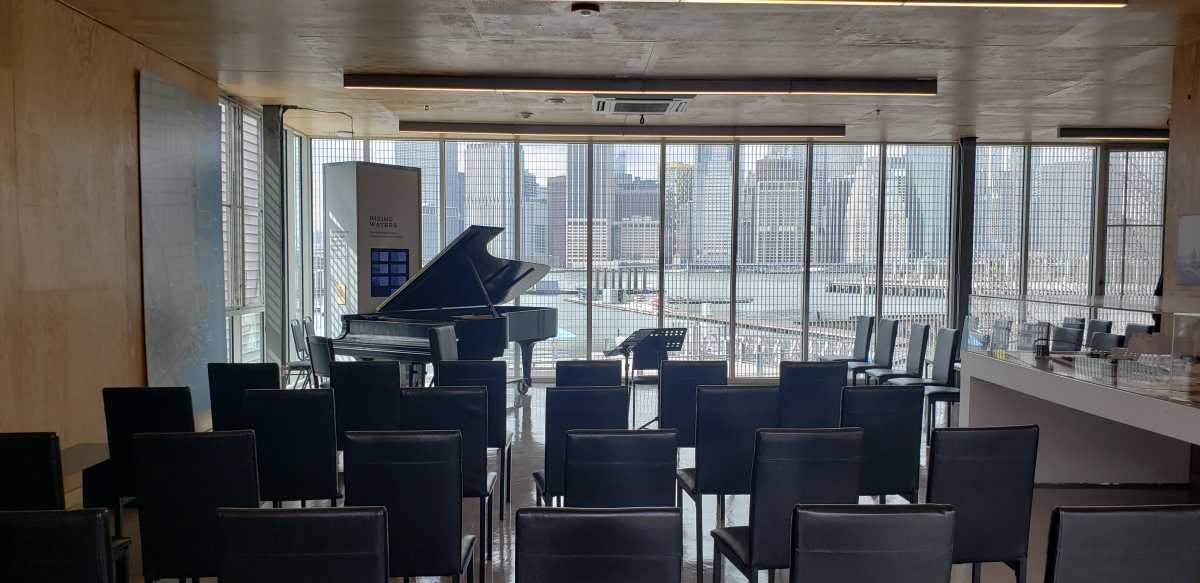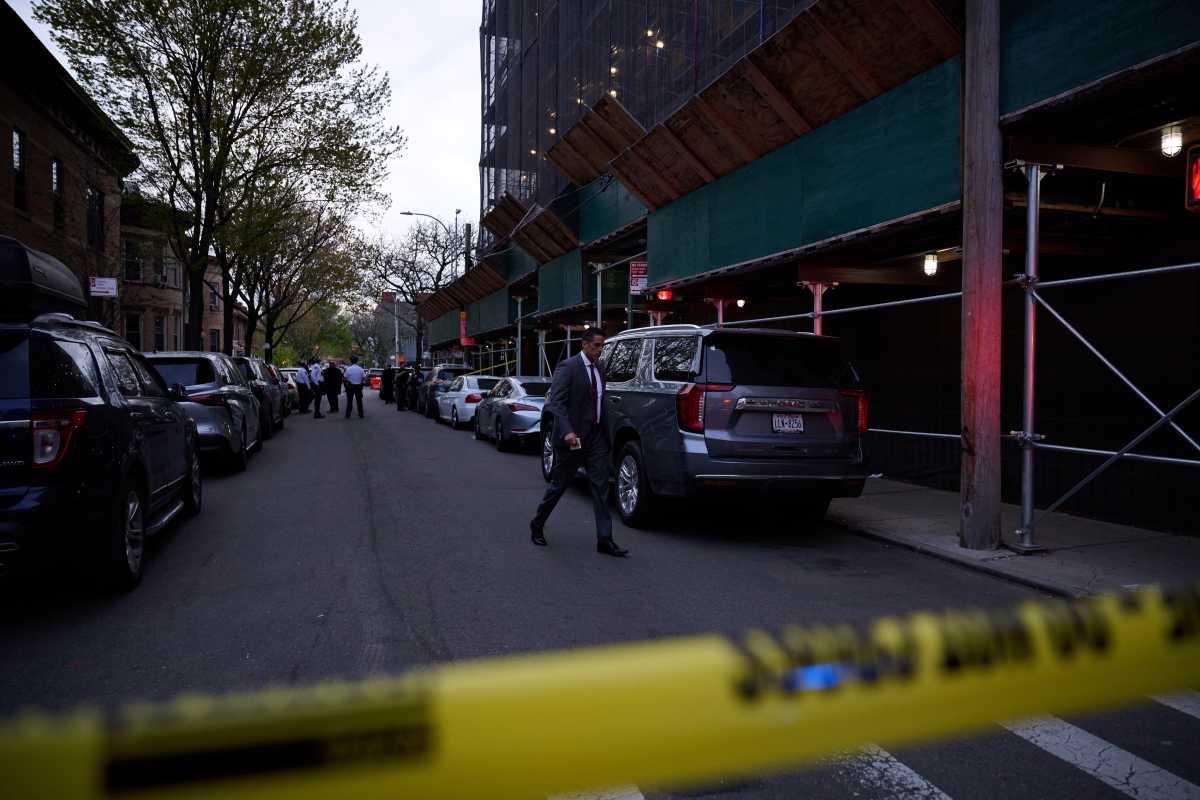Speed cameras have friends and foes alike, but the devices still significantly reduce traffic crashes, according to a new academic study published in March.
NYC’s speed cameras reduced traffic crashes by 14% and decreased speeding violations by 75%, according to NYU Tandon’s C2SMARTER transportation research center’s study, which was published in the journal Transportation Research Interdisciplinary Perspectives.
According to C2SMARTER, NYU’s transportation research center based in Brooklyn, a “strong level” of effectiveness in deterring speeding was achieved within six months of a camera’s installation.
The research tracked over 1,800 cameras throughout New York City from 2019 to 2021.
It also comes on the heels of a tragic crash in Brooklyn that took the lives of a mother and two of her children who were crossing a street on March 29. Miriam Yarimi, the 32-year-old driver involved in the collision, faces a list of charges, including manslaughter, reckless driving and speeding.
The study from C2SMARTER — a U.S. Department of Transportation Tier 1 university transportation center — even supports at least some findings in the NYC Department of Transportation’s (DOT) own 2024 report, which similarly found a 14% reduction in injuries and fatalities at camera locations compared to control sites without cameras.
At least one key difference between the city and academic research is the C2SMARTER study shows that cameras typically reach a “strong level” of effectiveness within six months.
The research methodology provided an “in-depth” short-term and long-term analysis of the cameras, taking into consideration the continuous installation of new cameras, Jingqin Gao, assistant director of research at C2SMARTER and the paper’s lead author, said.
“What makes our study different is that we tracked each camera location over an extended period, rather than just looking at overall numbers,” Gao said. “This approach revealed that different neighborhoods respond differently to speed cameras, and driver behavior changes gradually rather than overnight. By understanding these patterns, cities can make smarter decisions about where to place cameras and how to measure their success.”
A long-term look showed four distinct patterns in how specific camera installations performed.
“Cameras at some locations showed consistent reductions at varying magnitudes in two groups, with a surge in speeding tickets during COVID,” Gao said. “A third group exhibited a relatively modest effect but nearly curbed speeding behaviors within 1.5 years, despite COVID-19 impacts, and a small set of camera sites saw marginal impact in the first few months but experienced dramatic COVID-era speeding increases,”
Short-term research also showed evidence described as a “time-lag effect,” where driver behavior improved over time, rather than immediately after a camera was installed.
Gao said that the data can be used to create effective systems around the city.
“It’s not about collecting fines—it’s about using data to design safety systems that actually work for specific communities,” she said.
Meanwhile, a similar data review by the advocacy groups Transportation Alternatives and Families for Safe Streets found an alarming 21% increase in pedestrian fatalities from 2023 to 2024.
Despite the rise in fatalities last year, Transportation Alternatives representatives said the speed camera program “demonstrates remarkable success” at changing the behavior of all but the most “egregious” and recidivist drivers who ignore the law. The group’s research found that speed camera violations dropped by 30% since 2022, when the camera system went 24/7.
The city’s speed camera program has expanded over the years. It has grown from a 20-camera pilot in 2013 to a network of 2,200 cameras across all 750 school zones by 2023, and expanding from limited hours to 24/7 operation in 2022.





































